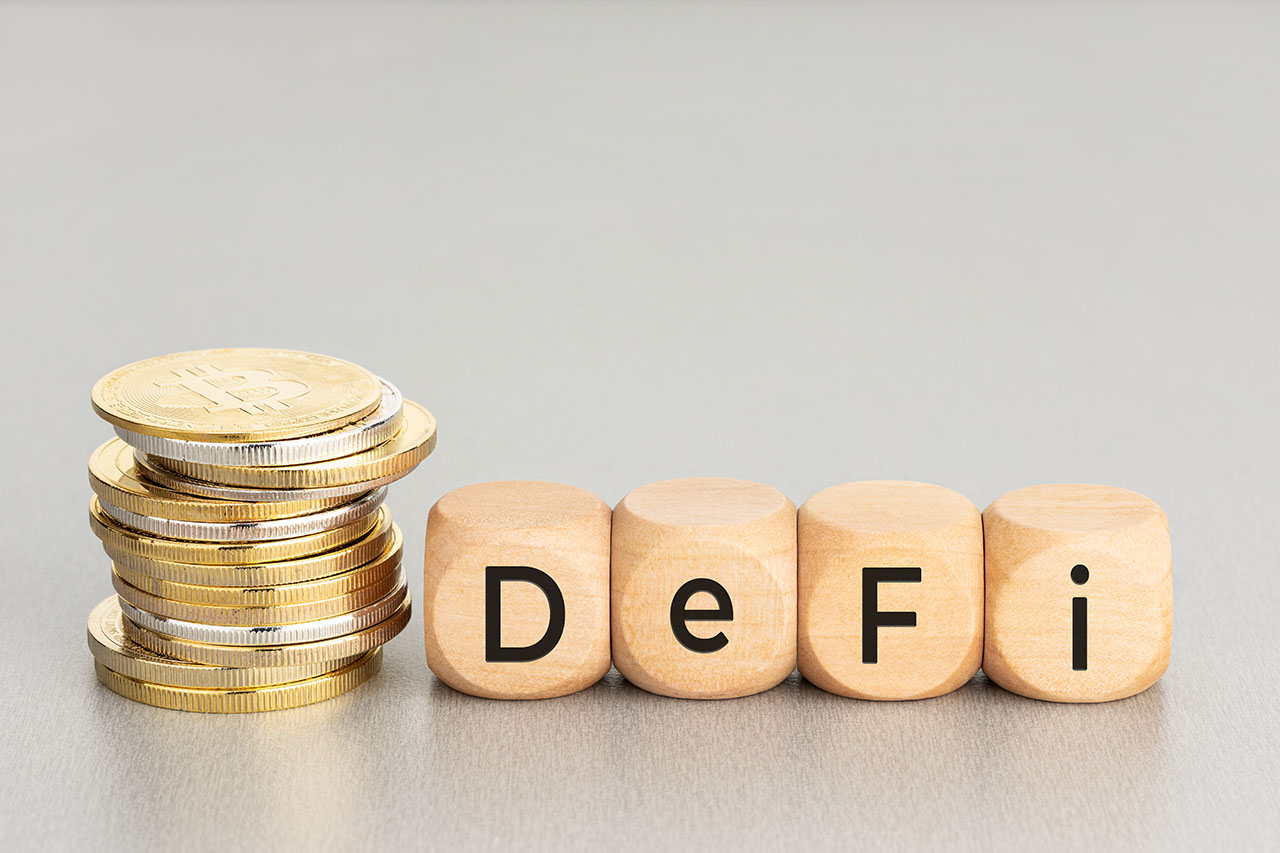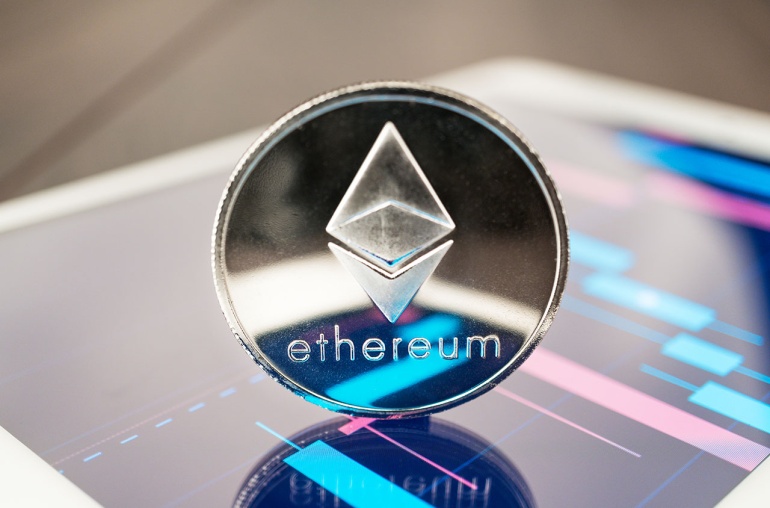The birth of cryptocurrencies and the subsequent rise of blockchain technology has led to several innovations slated to change the very fabric of how global finance works. Perhaps one of the most successful outcomes of blockchain innovation has been the creation of a new financial ecosystem that has the potential to rival the current centralized system.
Known as decentralized finance, or DeFi for short, it is an ecosystem of decentralized applications (dApps) that render traditional financial services obsolete. Powered by blockchain technology with integrated smart contract capabilities, DeFi is unlocking a world of new possibilities.
DeFi protocols are still new compared to the traditional financial system, and developers are constantly evolving them based on time-tested models of finance-based agreements. The permissionless aspect and open-source development culture have driven its growth, empowering DeFi to make leaps of advancements at unimaginable speeds.
Recent months have seen liquidity-focused DeFi projects surge in popularity, ushering in a whole new generation of innovation within the new ecosystem dubbed DeFi 2.0. Many people are unaware of DeFi itself, and the rise of a purported DeFi 2.0 might be confusing to the uninitiated.
DeFi 2.0 could be defined as another subset of DeFi protocols that have advanced on the foundations laid down by initial breakthroughs in DeFi. Several on-chain ecosystems relying on tokens native to their platforms face limitations with liquidity, and DeFi 2.0 particularly focuses on addressing those constraints.
Of course, before we dive into the innovations that come with DeFi 2.0 to understand its practical use cases, it is important to understand the breakthroughs in DeFi itself that have led to the birth of DeFi 2.0.
The Early Stages of DeFi
Several DeFi pioneers led the charge in creating the groundwork for the nascent DeFi economy, including Compound, MakerDAO, Bancor, Aave, and Uniswap. Bancor and Uniswap were the earliest automated market makers, AMMs for short, who added the aspect of letting users exchange tokens without losing custody. Decentralized borrowing and lending became a possibility due to the innovations brought forth by Compound and Aave.
The first decentralized stablecoin used by members of the early DeFi ecosystem was introduced by MakerDAO. The ability to retain and use the stablecoin in transactions offered a degree of protection against the volatile nature inherent to cryptocurrencies. It created the possibility of more reliable exchanges, more stable currencies, and streamlined borrowing and lending — aspects typically associated with centralized financial (CeFi) markets.
However, the DeFi-based services relied on an infrastructure drastically different from the CeFi model. DeFi infrastructure was built on several technological advances innovated by these early pioneers.
Constraints for the Early DeFi Ecosystem
DeFi 2.0, as expected, is proposed to improve on the foundations laid by the current model by addressing existing problems and focusing on the strengths to offer users greater financial freedom. Let’s take a better look at some of the limitations with DeFi that led to the need for problem-solving via DeFi 2.0 protocols.
The first issue with DeFi in its earliest stages has been with its usability. People new to using decentralized products find it challenging to understand the user interface and user experience offered by the DeFi ecosystem. It comes as no surprise that most of the active users are long-time cryptocurrency enthusiasts well-versed in blockchain technology. DeFi 2.0 effectively seeks to address the problem by making projects more accessible for newcomers.
Scalability continues to be a concern. Long transaction times and expensive transaction fees muddle the user experience. Ethereum’s blockchain network facilitated the birth of the DeFi ecosystem. The world’s second-largest blockchain network faces significant issues due to high transaction volumes and congesting traffic. The result is users without enough money to invest will not find the DeFi ecosystem profitable.
What are DeFi 2.0 Protocols Changing?
DeFi 2.0 protocols are building on the fact that earlier DeFi apps brought in a significant number of users into the fray. With the initial framework set, a new wave of products DeFi can have a more specific focus on safeguarding the nascent sector’s viability in the long run. Instead of focusing entirely on end-users, DeFi 2.0 apps can focus on the B2B aspect of the ecosystem.
OlympusDAO is one of the pioneers leading the DeFi 2.0 movement. It is developing protocols that can improve long-term liquidity for the new financial ecosystem. The creation of protocol-controlled value mechanisms can also bring in a new wave of DeFi products that can help level the playing field for DAOs to compete with companies.
DeFi 2.0 will create a financial system with better automation, more community connection and control, and improve liquidity by creating a more interconnected financial framework. Greater interconnectivity within the community will make all members stakeholders, providing everyone a voice and partaking in the decision-making process instead of relying on curiosity and excitement.
In many ways, DeFi 2.0 is merely a set of new protocols that improve on the initial iteration of the DeFi infrastructure. Many could argue that the developments are not vast enough to be considered a new generation on its own. However, the flaws in the existing system have informed the innovations in DeFi 2.0 and will continue to improve the new ethos slated to change the global financial landscape.
Wrapping it up

Depending on where you stand on the matter, you could consider the prospect of DeFi 2.0 as a critical change in decentralized finance or regard it as little more than a new name for the same thing. Regardless, the nascent financial system is developing into something more robust.
Projects within the new and improved DeFi 2.0 infrastructure now have everything they need to continue improving the new financial system, benefitting the world as it becomes more mainstream. Developers can identify more efficient ways to design protocols to improve every aspect of decentralized finance. There will most likely be more challenges ahead, but the way forward is exciting.
We hope this beginner’s guide to understanding DeFi 2.0 was informative and shed light on important concepts you should be aware of in the ever-changing cryptocurrency landscape. If you enjoyed reading this post, we have much more in store for you. Stay tuned to our blog on Crypto World to get the latest updates on everything related to the cryptocurrency world.



